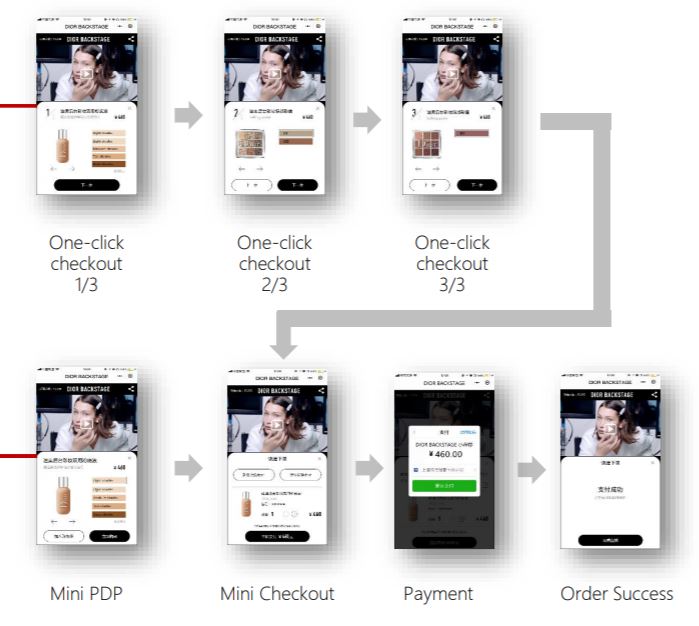The Evolution of Live eCommerce Shopping
Live teleshopping has gained a particular, spectacular success in China. Last year, the livestreaming industry reached 425 million users and livestream shopping generated $4.4 billion in sales.
Alibaba’s Taobao marketplace, the world’s biggest eCommerce website, generated over $15.1 billion in gross merchandise volume from its livestreamed teleshopping sessions. That was a year-on-year growth of almost 400% from 2017.
On average, Taobao is home to over 4,000 livestream hosts that generate over 150,000 hours of daily content. One of the strongest examples of success in this new era of live teleshopping is the Lipstick King.
A 26-year old from China’s Hunan Province, Li Jiaqi made a name for himself on Chinese social media platforms in 2017 when he tried 380 lipsticks in a two-hour broadcast and sold 15,000 lipsticks in five minutes. In March 2019, Jiaqi closed over 23,000 deals in a five-hour livestream that was worth over $500,000.
The livestream way
The numbers don’t lie: live eCommerce shopping is undoubtedly a profitable marketing and sales platform.
This is because, as a real-time medium, livestreaming has an immediacy for users that can’t be matched.
It allows users to interact instantly with content and this opens up a whole new level of engagement that’s instrumental in building trust.
Running parallel to this is the feeling of authenticity that comes from livestreaming, where trust is built because brands appear less like faceless corporate entities and more human and approachable.
And brands that prove themselves as trustworthy, prove themselves worthy of investment.
From a business perspective, livestreaming can generate word of mouth when done successfully, meaning you can reach leads that you haven’t targeted and gain their interest – and investment.
The key is immediacy
Upon close study, I’ve found that China’s eCommerce industry is thriving in the way it leverages the livestream medium.
To its credit, Amazon did launch its livestream video shopping platform Amazon Live earlier this year, but its approach operates to an informercial-like, one-way engagement with audiences.
Chinese livestreamers, by contrast, promote two-way interaction, directly engaging with comments and answering live questions posed by viewers, creating an overall immersive experience.
Similarly, Western eCommerce platforms prioritise making money through ads instead of creating a good livestream shopping experience by facilitating direct purchases.
Chinese apps like WeChat on the other hand, integrate the purchasing process into their platform with the one-click checkout option.
For brands looking to break into the world of live eCommerce shopping and perhaps even enjoy the resulting profit margin, it would be worth learning from how the Chinese do it.
As a start, I would say move away from generating income on social media via media buy and leverage instead on the live functions that the various platforms offer to get in front of your customers.
Invest too in the technology that can build a one-stop-shop for your customers, because the ability to make purchases without clicking away (a la WeChat) means a lower bounce rate and less time spent away from the page.
It means creating a quick and easy customer journey process that cuts down on the effort required by customers to make a purchase, a convenience that benefits them and your brand simultaneously.
And as I previously discussed, a seamless customer journey is everything.

